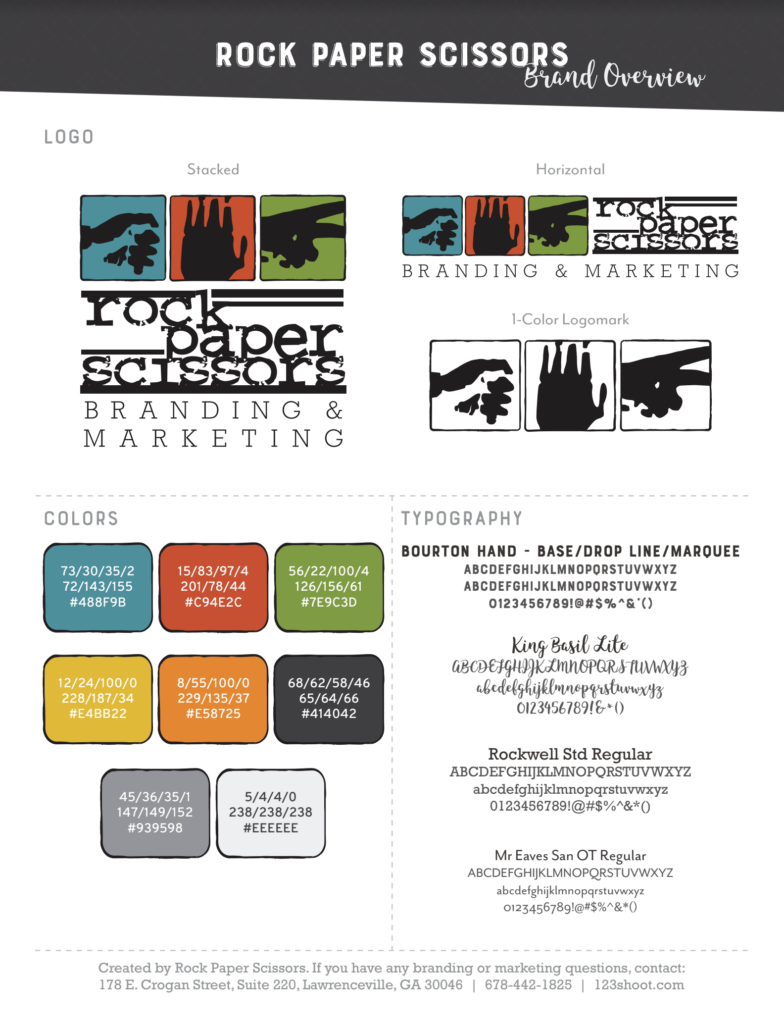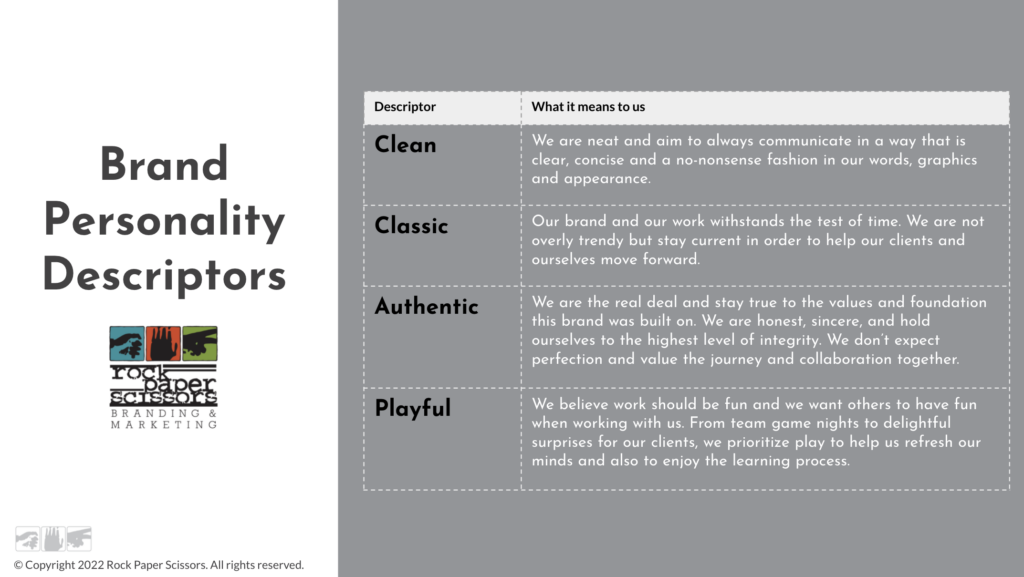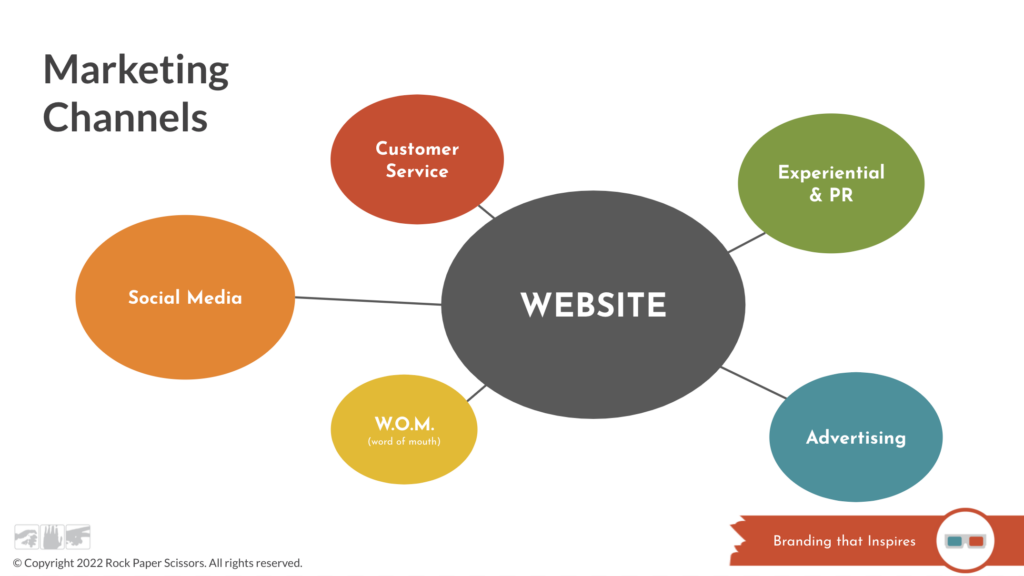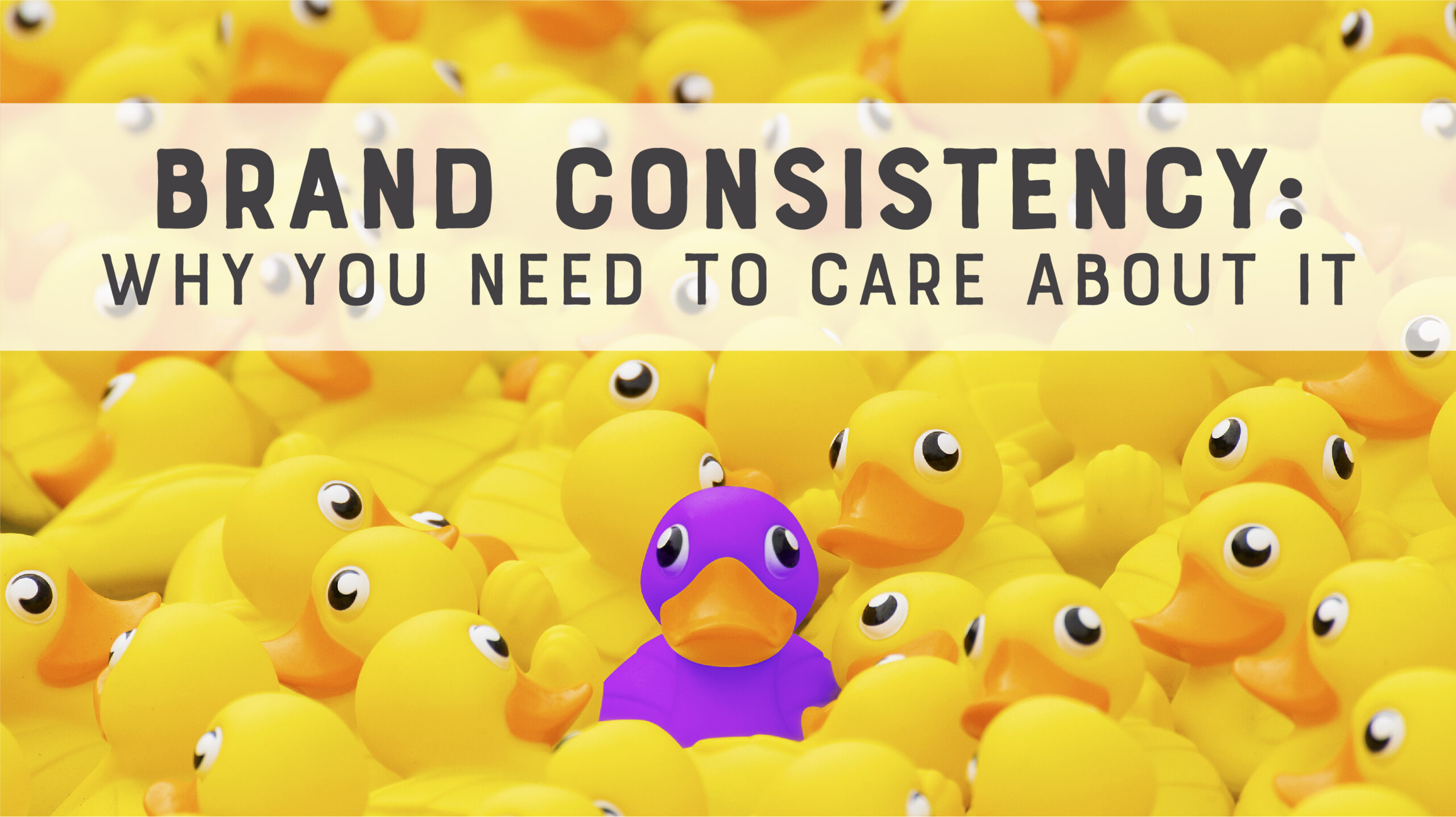When you think of a business or nonprofit, one of the first things you probably think of in regard to the brand is its logo. However, branding runs much deeper than a logo. It’s true that the visual aspects of your brand make you stand out in the crowd, but branding encompasses so much more than that. Your brand is something people experience, and that’s why brands that are represented consistently throughout the organization often withstand the test of time and tend to be the ones we look to for inspiration time after time.
We’re going to explore some ways to help make brand consistency a bit easier, but first, let’s have a little refresh on what branding is all about.
What is branding?

The word branding might conjure up thoughts of cattle farmers marking their herd with a branding iron, but when applied to the business world, it’s defined by Oxford Languages as “the promotion of a particular product or company by means of advertising and distinctive design.” Truth be told, though, there is a little more to it. As we said earlier, a brand is something people experience, so with that in mind, we present Seth Godin’s definition of branding: “A brand is the set of expectations, memories, stories and relationships that, taken together, account for a consumer’s decision to choose one product or service over another.”
You see, your brand is truly a selling point for the product or service you have to offer, not the end result or item your customer walks away with. It’s the visual aspects of your organization plus the story you’re telling, the experience someone has with you online through your social media accounts and website, your emails, your people, and the list goes on!
Why does brand consistency matter?

Did you know it only takes 50 milliseconds (that’s 0.05 seconds) for someone to form an opinion? Or that 350 million photos are uploaded to Facebook daily? Your brand must have a consistent look and message to stand out in a crowded marketplace, otherwise, you’ll fall off your customer’s radar. Not to mention inconsistent branding (visually, as well as in your messaging and human interactions) can create a lot of confusion about who you are, what you stand for, and what you’re offering. It’s not just what makes people form an opinion about your business but also what keeps them coming back or choosing someone else over you.
Think about it this way: Consistent branding is what makes visiting a restaurant like Chick-fil-A one that customers go to time and again. They’ve perfected the art of a consistent experience so that no matter which location you go to, you hardly notice whether you’re at the one down the street or across the country. At each location, you can expect cheerful employees ready to serve, a similar look and feel in the restaurant and on social media, and of course, tasty chicken and waffle fries cooked to perfection. Can you say the same for most other fast-food restaurants? Probably not.
How do you achieve brand consistency?
Brand consistency is achieved when you have three sets of standards in place.
- Brand Standards = How you look
- Tone Standards = How you sound
- Marketing Standards = Where you show up
Let’s take a look at each.

Brand Standards = How You Look
Your brand is one of your most important assets because it sets expectations with your audience— your clients, prospects, vendors, strategic partners, your community, and anyone else that interacts with you. Brand standards, sometimes called brand identity guidelines, not only establish who you are and help set you apart from other similar organizations, but are also a reference point to guide your team so that no matter who is designing graphics, writing content, or representing your organization outside of the office, your brand looks and sounds the same.

Keep in mind that 65% of people are visual learners. This will help you communicate in a way that your audience will best hear your message and understand it. Attention spans are short these days and people skim more than they read, so page design and flow of information will be extremely important as you build your brand assets.

Tone Standards = How You Sound
Similar to brand standards, tone standards establish rules for the feel and flavor of the content for your brand so everyone on your team can consistently and effectively communicate with your audience. Tone can include:
- Persona – the aspect of someone’s character that is presented or perceived by others
- Voice – a particular opinion or attitude expressed
- Language – the style of a piece of writing or speech
- Purpose – the reason for which something is done or created or for which something exists
As you’re working on your tone standards, we like to suggest working in your brand’s personality descriptors and what they mean to you. This will help you decide the direction for your tone and begin identifying words or phrases that resonate and apply to your brand tone, as well as those that wouldn’t be acceptable to use in messaging that represents your brand.

Tone standards matter because, much like the visual side of your brand, if your message isn’t consistent, you’ll run the risk of confusing your audience and them choosing someone else over you. Donald Miller says it best: “The clearest communicator wins,” not the business with the best product or price.
Marketing Standards = Where You Show Up

Your marketing standards outline the channels you’ll use to show up with your message. This set of standards outlines all your marketing and communication efforts, as well as your tone, positioning, and communication roles as well as your strategy and standards for each channel. For example, in this document, you can outline when and how you communicate through email marketing campaigns, the standards for your big annual event, and how you use social media. This document becomes especially important when:
- You have multiple team members (internal and external) working on your marketing efforts
- You have multiple audiences and use only use certain channels to speak to specific groups and/or have a slightly different tone per channel (i.e. you use Instagram or TikTok to connect with millennials and have a slightly more relaxed tone versus using Facebook to connect with a slightly more mature audience)

Your marketing standards should be treated as a living document that is reviewed and updated regularly as you find new resources, add new channels to your marketing mix, and set standards for how you do the work all members of the team can coordinate and flow as one. Similar to a website, your marketing standards are never really “done.”
Now what?
Now that you know why brand consistency is important and what you need to document in order to build a more consistent brand, it’s time to put those pieces of the puzzle into place! We suggest starting with a self-audit to see where things currently stand and have a checklist you can download to get started – just fill out the form below! No matter where you are in the documentation process, we are happy to take a look and offer suggestions as well. Contact us to schedule a consult!
Enter your email address to download your copy of our brand consistency self-audit checklist.


